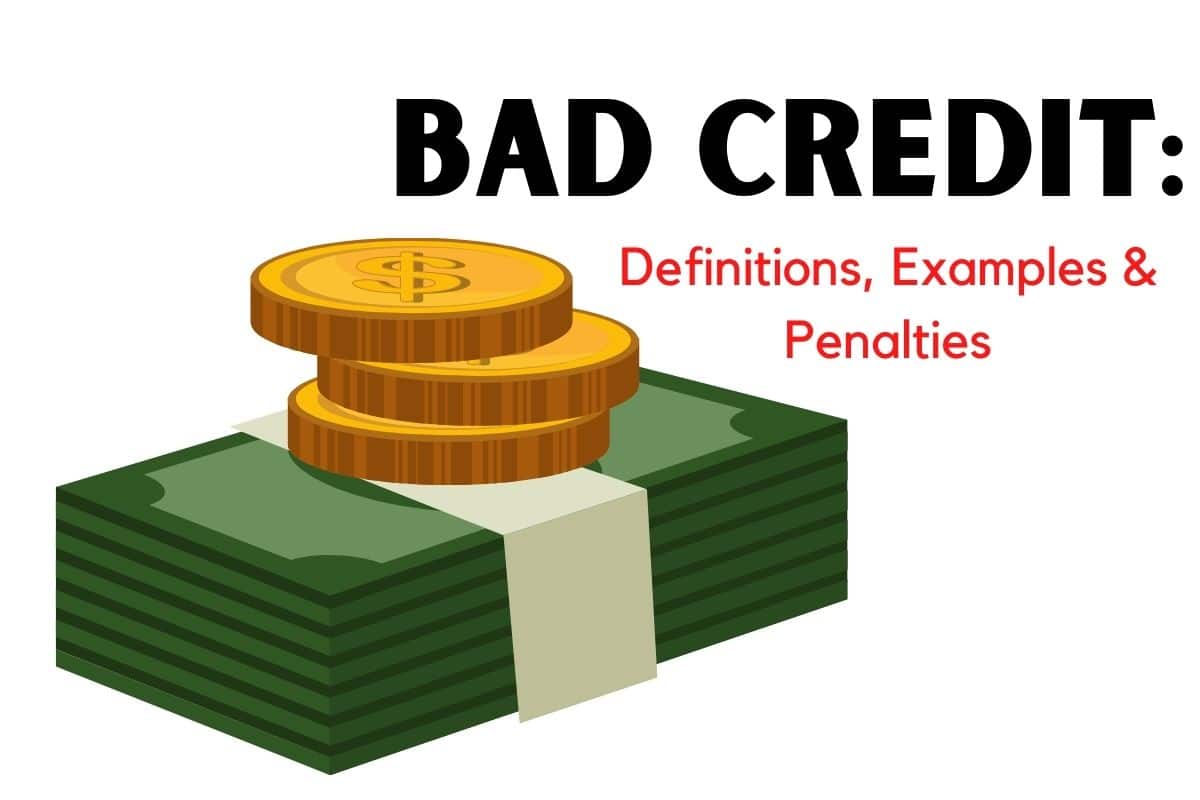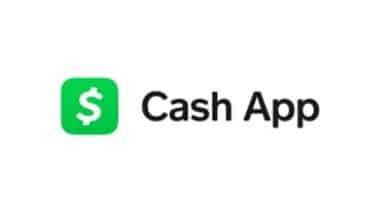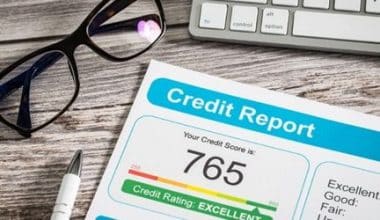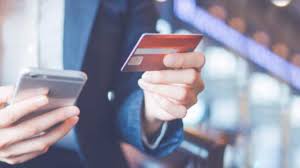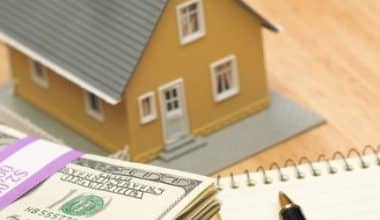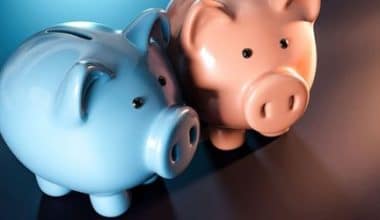What is your credit score? Is it bad or good? Regardless of whatever your credit history says, you can improve it. There are various ways to improve a bad credit score, you will discover them as you read through.
What Is Bad Credit?
Bad credit refers to a person’s history of not paying bills on time and the likelihood of not making timely payments in the future. It is often reflected in a low credit score. Businesses can also have bad credit based on their payment history and current financial situation.
A person (or business) with bad credit will find it difficult to borrow money, especially at competitive interest rates, because it is considered riskier than other borrowers. This applies to all types of loans, including secured and unsecured varieties, although options are available for the latter.
The FICO credit score range is broken up into the following ratings:
- Exceptional: 800 and above
- Very Good: 740-799
- Good: 670-739
- Fair: 580-669
- Poor: Below 580
How Bad Credit Works
Your credit score is based on five different factors, each of which carries a different weight. All of these can contribute to bad credit.
- Payment history (35%): If you have a history of arrears or credit cards that you have not repaid, you may have a lower credit score.
- Amounts Owed (30%): A bad credit rating is often due to large sums of money. The more you owe, the less likely you are to pay off your new debt.
- Credit history (15%): If you have paid your debts for several years, you are a less risky borrower. However, a shorter credit history will lead to a lower credit rating. This also affects how long individual credit accounts have been open and whether you have inactive accounts.
- Credit Blend (10%): Having a variety of credit types, such as a credit card, a retail card, a rental history, and a car loan, improves your credit score. Having only one type of credit account will reduce it.
- New credit (10%): People who open many new credit accounts in a short period of time are statistically risky borrowers and are more likely to have bad credit.
While your credit score gives you and your lenders a quick indication of your creditworthiness, you don’t need to check your credit score to see if you have bad credit. Some signs of bad credit can include:
- Decline your loan, credit card, or apartment application
- Unexpected credit line cuts
- The interest rate goes up
- Receive notifications from a debt collector
If you are more than 30 days late with a credit card or loan payment or have multiple credit cards with a maximum limit, you have likely earned your credit score.
Requesting your credit score at myFICO.com is one of the best ways to confirm your current credit status. There are also a number of free credit rating services that you can use to check at least one of your scores from the most widely used credit reporting agencies (Equifax, Experian, and TransUnion).
Examples of Bad Credit Scores
FICO scores range from 300 to 850, and borrowers with a score of 579 or lower are traditionally considered to have bad credit. According to Experian, about 62% of lenders with a score of 5791 or less are likely to seriously delay loans in the future.
Scores between 580 and 669 are considered reasonable. These borrowers are virtually less likely to seriously repay their loans, making them far less risky than those with low credit scores. However, even borrowers in this range may face higher interest rates or trouble obtaining loans, compared to borrowers who are closer to these 850 scores.
Read also: BAD DEBT EXPENSE – Definition, Estimation & Calculation
What Are the Penalties of Bad Credit?
Having bad credit often means that you are a riskier borrower, which can make it difficult for you to approve new credit cards, mortgages, or other loans. If approved, they may only offer you a high-interest rate or other unfavorable terms.
Bad credit can affect other areas of your life. If you have bad credit, landlords may not accept you as a tenant or only agree if you have a co-signer. It may even be difficult for you to get a job if your potential employer checks your credit score as part of your job application.
A good credit score shows that you are a reliable borrower, which makes lenders more willing to have a relationship with you and give you money. Consumers with very good and excellent credit scores are more likely to be approved for loans, rentals and mortgages. They can choose from a wider selection of credit cards and loans with more favorable interest rates.
It is easier to work with most companies that control credit scores when you have a good credit rating.
How To Improve a Bad Score
Bad credit is not a permanent condition. You can improve your credit score and show that you are a responsible borrower. Below are steps you can take to get your credit score above 669.
#1. Set up automatic payments online
Do this for all your credit cards and loans, or at least get on the email or text reminder lists provided by the lenders. This will help ensure that you pay at least the minimum amount each month.
#2. Credit card debt payment
Make overpayments whenever possible. Set a realistic payment goal and work towards it gradually. High total credit card debt is hurting your credit score, and paying more than the minimum amount owed can help increase it.
#3. Check interest rate notifications
Credit card accounts provide these notifications. Focus on paying the highest interest rate faster. This will free up most of the cash, which you can then apply to other debts with lower interest rates.
#4. Keep unused credit card accounts
Don’t close unused credit card accounts. And don’t open new accounts you don’t need. Every move can hurt your credit score.
If bad credit makes it difficult for you to obtain a regular credit card, consider applying for a secure credit card. It is similar to a bank debit card in that it allows you to spend only the amount you have on deposit. Having a secure card and paying it off on time can help you rebuild a bad credit score and eventually qualify for a regular card. It is also a good way for young adults to start building a credit history.
Can You Obtain a Loan While Having a Bad Credit Score?
Although difficult in most cases, you can still obtain a loan with a bad credit score by comparing interest rates and fees from lenders who specialize in loans for those with negative credit. Better still, think about boosting your credit before asking for a loan so you may get better conditions.
What are the Simplest Loans to Obtain for People with Bad Credit?
Secured, co-signed, and joint loans are the simplest to get approved for with negative credit since you can use collateral or another person’s trustworthiness to compensate for your low credit score. Payday loans, pawnshop loans, and automobile title loans are also available, although they are quite expensive.
How Can I Tell If I Have a Bad Credit Score?
If a person has a history of not paying their debts on time or owes too much money, they are deemed to have bad credit. Bad credit is frequently expressed by a low credit score, usually less than 580 on a scale of 300 to 850. People with poor credit will have a more difficult time obtaining a loan or a credit card.
How Do I Check My Credit History?
There are credit reporting agencies ready to help you check your credit history. Each credit reporting agency will provide you with a free copy of your credit report once every year when you reach out to them on AnnualCreditReport.com.
Can I Hire Someone to Repair My Credit?
You can do it yourself if you follow the step-by-step directions on the credit agencies’ websites. However, if you need assistance, you can pay a credit repair company. They often charge between $19 to $149 per month for their services.
Conclusion
To avoid a bad credit score, make sure you pay your bills on time. Never fall behind on your loan payments. If your credit score is low, you should check the bug report and try to solve it.
RELATED: BACK-TO-BACK LETTERS OF CREDIT: Examples, Advantages & Alternatives
